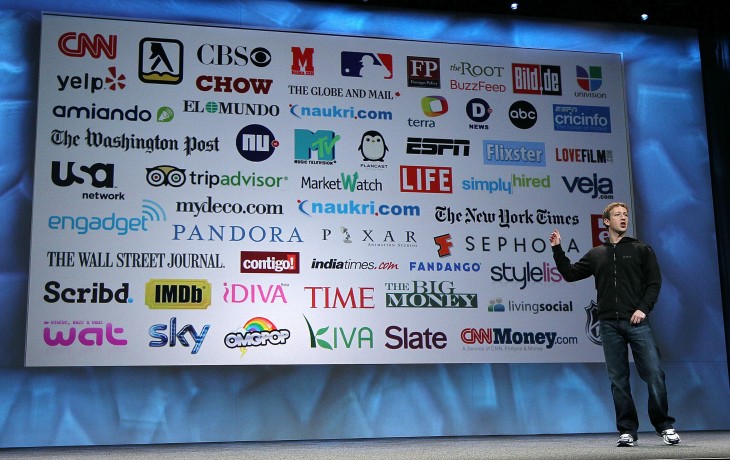Facebook at 10: How it grew from a social network to a social phenomenon
How businesses view social
When asked to define Facebook, most people will probably say it’s a social network. It’s something that businesses have examined over the past decade and started to apply to their product workflow. Companies like Salesforce, Jive Software, Microsoft’s Yammer, Zendesk, Huddle, and others have built not only products, but their business around the notion of being social within the enterprise, and it’s helping increase usage and growth.
Peter Coffee, Salesforce’s Vice President for Strategic Research, told us Facebook managed to create a huge expectation with customers that companies can be social, instead of the one-to-many communication style that you find on Mad Men. In today’s world, people have a higher expectation when they reach out to a company – that it will respond with a personalized, conversational approach across multiple communication channels.
Under the traditional model of customer support, businesses would respond to inquiries and complaints by phone, email, or postal mail. Facebook has destroyed that paradigm and created a new one where channels are no longer siloed and companies need to be everywhere that a customer is.
Coffee recounted a meeting soon after he joined Salesforce in 2007 where CEO Marc Benioff spoke with his senior managers. Benioff asked his team who was on Facebook and a “small fraction” raised their hands. The result was that Benioff instructed everyone else to sign up for the social network to get acquainted with it, as he recognized the potential of the service. Coffee remarked that “managers need to understand the model because it’s the future of the way our customers are going to be able to work.”
Interestingly, Coffee doesn’t think that Facebook changed the rules about social media. On the contrary, it’s more about social behavior. The difference is more than semantics — it’s about having an organizational change to understand it. It’s one thing to support a Bring Your Own Device (BYOD) policy, but it’s another to embrace the concept and philosophy behind why such a policy is needed. At a roundtable event in December 2012, then-Github CEO Tom Preston-Werner said the world was becoming a more social place, thanks to the introduction of services like Twitter and Facebook.
But what was it about Facebook, rather than predecessors like Myspace, that caused this transformation in the business world? Coffee points to an article written in TechNews World in 2007 entitled “MySpace Is A Natural Monopoly” to help explain the answer. In the piece, it paints a rosy future for MySpace because the economic “gain” of a single social network is great enough to eliminate all other rivals:
“MySpace is unquestionably a communication and information network which, like any other kind of network, grows in value with each additional user.
“Conversely, the consumer “cost” of using multiple social networks, while not as astronomical as having disparate telephone networks, is still higher than alternating between multiple instant messaging programs.
“All of this is to say MySpace looks like a natural monopoly and, judging from usage patterns, certainly appears to be behaving like a natural monopoly.”
We all know what happened to MySpace: it got trumped by Facebook and faded off into relative obscurity. Coffee says that Facebook was successful because it thought of itself as a platform, not an application. Repeating the point made earlier in this piece, the company never thought of itself as just a social network — it’s a vehicle that connects users with others around the world, regardless of the device that they’re on.
Facebook’s model has been replicated throughout the enterprise by a variety of services. One need only look at Salesforce Chatter, Yammer, Huddle, Yahoo-owned Tomfoolery, Socialcast, Socialtext, Intuit’s Podio, Producteev, and more to see the similarities to Zuckerberg’s creation.
Next: Social advertising







